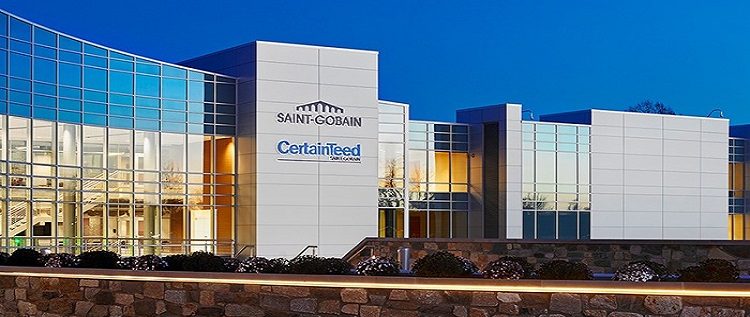E - PAPER
Residential Sales Recorded Robust Y-o-Y Growth of 75% in H12021
As per CBRE South Asia Pvt. Ltd report, on the back of measured policies announced by the central and state governments, and the RBI coupled with the incentives provided by the developers, the residential segment has been showing green shoots of recovery as housing sa
 BY
Realty Plus
BY
Realty Plus
Published - Wednesday, 11 Aug, 2021

As per CBRE South Asia Pvt. Ltd report, on the back of measured policies announced by the central and state governments, and the RBI coupled with the incentives provided by the developers, the residential segment has been showing green shoots of recovery as housing sales grew by 73% on a q-o-q basis across India’s top seven cities in Q42020.
The recovery continued in H1 2021, as sales recorded over 75% growth on a y-o-y basis. Pune led sales activity with an approximately 26% share, followed by Mumbai (19%). It was closely followed by Hyderabad and Delhi-NCR with 18% and 17% shares respectively. While the report captures the recovery of residential real estate, it also highlights the factors that led to the growth of affordable and mid-housing sales in India, over the last decade.
Affordability at its highest in over a decade. While property prices have grown at a CAGR of 1-6% across high-end segment and around 2–7% across mid-segment since 2010, the per capita GDP grew at a CAGR of 4.0% between 2010 and 2020.
Further, the growth in GDP per capita for the top seven cities was above the national average, with Bangalore reporting the highest CAGR (6.6%). Hence, the income growth overtook the average rise in the price of properties, further contributing to housing affordability. Moreover, the RBI gradually brought down the repo rate from 6.25% in February 2019 to 4.0% in May 2020, which has led to interest rates on home loans come down to 6.7-6.9%
Although the residential sector is witnessing green shoots of recovery, developers are still navigating through issues such as limited availability of credit, tax and regulation complexities, construction delays due to labor shortage caused by reverse migration (though abated to a large extent), higher input costs leading to rising construction costs; highly leveraged balance sheets of several developers have added another layer of challenge for the sector. The report discusses these challenges and how developers can navigate through these constraints to future proof their portfolios. Some of the key factors that developers should consider are maintaining financial discipline, investing in technology to expedite construction timelines and move in line with the emerging trends in the RE segment.
RELATED STORY VIEW MORE
NEWS LETTER
Subscribe for our news letter
E - PAPER
-

CURRENT MONTH 
LAST MONTH















